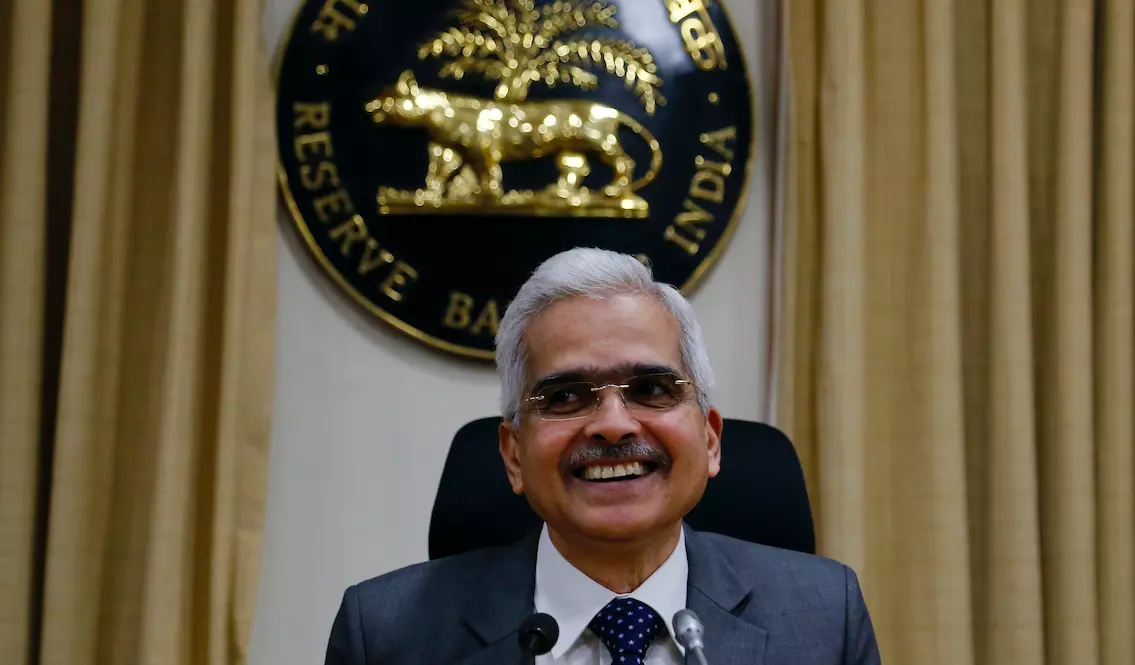The Unified Lending Interface (ULI) is the latest digital innovation by the Reserve Bank of India (RBI) aimed at revolutionizing the loan process in India. Initially launched as a pilot project last year, ULI is now set to roll out nationwide, making credit more accessible, especially for small and rural borrowers. Let’s dive into what makes ULI a game-changer.
💡 How Does ULI Work?
ULI simplifies the lending process by integrating various digital data sources like land records, financial and non-financial information, and making them accessible to lenders. Here’s what makes it unique:
- Consent-Based System: Borrowers’ data is shared only with their consent, ensuring privacy and security. 🔐
- Reduced Complexity: With fewer documents to manage, the loan process becomes faster and more efficient. ⏳
- Plug-and-Play Design: ULI uses standardized APIs to seamlessly gather information from multiple sources, making the system user-friendly and adaptable. 🛠️
📈 Why is ULI Important?
ULI is set to significantly improve the lending process, especially in the agricultural and MSME sectors. Here’s why it matters:
- Boost to Digital Infrastructure: ULI marks a new step in India’s digital evolution, as highlighted by RBI Governor Shaktikanta Das, who hailed it as part of the “JAM-UPI-ULI” trinity. 🌐
- Transformative Impact: Just as UPI revolutionized payments, ULI is expected to bring a similar transformation in the lending space. 🔄
🌾 What Changes Will ULI Bring?
- Faster Loan Approvals: ULI will make loan processing quicker and less complicated. ⚡
- Increased Credit Access: It will be particularly beneficial in areas where credit access is currently limited, such as rural and agricultural sectors. 🌱
🗓️ When Will ULI Be Launched?
RBI has announced that ULI will be implemented nationwide very soon.




